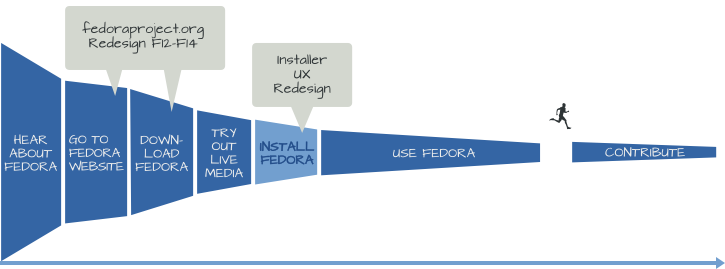Our Logitech K380 keyboard wouldn’t pair to our Raspberry Pi 3 running Kano OS today (I know, very specific). I couldn’t quickly find an answer to this on the greater web, in part because I figured that the Kano folks would have had a helpful guide somewhere―but that turned out to be a faulty assumption. The following will, I hope, assist others querying the great search gods.
So, I recently had an issue with our Raspberry Pi 3 running Kano OS. The issue was that our Logitech K380 bluetooth keyboard was failing to connect. This keyboard has the unique ability to switch between being paired (differently) with up to three different devices. These are paired (and selected) by using the F1, F2, and F3 keys respectively. Hold down to enter pairing mode and―once paired―briefly depress to select that particular pair to interact with the specified device. Very cool!
I’m not certain if holding down the dual pairing/F[1|2|3] key resets whatever pair there was on that key, but that’s what appeared to have happened. Kids press things, it happens, and now they couldn’t type because the pair was broken. Not cool! But it gets even worse.
After trying to re-pair the device to the computer it became clear to me that Kano OS was preserving the device itself (I believe by MAC address) as an already-paired device. So it smartly was not allowing that same device to pair with a new key because, well, it already had agreed upon a key to pair with this specific device and that sounds like a potentially troubling security issue.
The Kano OS GUI interface offered no way to delete the device. Luckily this is Linux, so I knew there was certainly a way once I understood the problem well enough to seek a particular solution. The sad reality was that I needed to borrow a usb keyboard from another machine to type the commands (if anyone can walk me through text-input on a Raspberry Pi 3, Kano OS, with a mouse via command live I’m interested), but a post on “Ask Ubuntu” gave me the commands I was looking for:
Open terminal and type:
bluetoothctl
then you will see the list of devices you have paired with and their corresponding MAC address. To un-pair a device type:
remove aa:bb:cc:dd:ee:ff
replace aa:bb:cc:dd:ee:ff with the MAC address of the device to un-pair.
So after entering that command―which removed the device and previous key pair form the machine―I was able to go back through the GUI of Kano OS and “find” and then pair the keyboard anew with the OS. This was a successful experiment with wonderful results: kids using their computer once more.
Related note: If you have been considering a computer for your kids and have some peripherals and a monitor around, it would be hard to beat a $35 Raspberry Pi3 (and a ~$10 plug and ~$10 case). It’s truly a beautiful learning OS. You’ll need to help them out of course, but there’s a lot there for them to explore on their own. Easily the best purchase of any type I’ve made in years.
